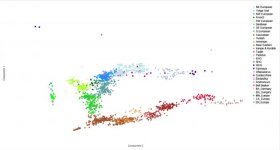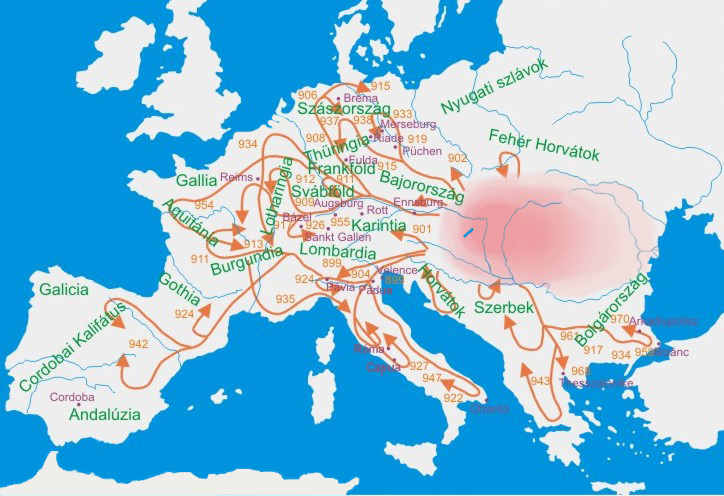“The Finns are Uralic speakers and have only 5% of R1a”
This is not correct and most Uralic groups have very high amounts of R1a:
Finns: 7.9% (according to Zerjal et al) (the Finnish average should be rounded up to 10% and not to 5%)
Western Finns: 8.7% (according to Lappalainen et al)
Eastern Finns: 5.9% (according to Lappalainen et al)
Estonians: 37.3%
Saamis: 11%
Vepsans: 36% (mostly R-M458 and R-M558)
Karelians: 40% (mostly R-Z282, R-M458 and R-M558)
Mordvins: 26.5%
Maris: 47.7% (mostly R-M558 and R-Z282)
Udmurts: 10.3% (mostly R-M558 and R-Z282)
Komi-Permyaks: Komi average 33% (mostly R-Z282, R-M458)
Komi-Zyrjans: Komi average 33% (mostly R-M458 and R-M558)
“Because the Fatyanovo culture was only present in the extreme south of Finland, and the Indo-Europeans never stayed long enough to have a lasting influence (i.e. on the modern population) on the language or Y-DNA.”
Corded Ware (in Finnish ‘nuorakeramiikka’) lasted 700 years in Finland, i.e. 3200 - 2500 BC. According to Wikipedia Continental Corded Ware is dated c. 2900–2450/2350, which means that it started 300 years earlier in Finland!
http://www.finnica.fi/keski-suomi/esihistoria/nayttely/elama3c.htm
https://en.wikipedia.org/wiki/Corded_Ware_culture
Corded Ware covered most parts of the country and a high amount of battle axes have been found in Northern parts of the country. According to Eurogenes test, I am closer to Corded Ware than Germans or many Swedes and an Eastern Finnish male who did the same test was closer to Corded Ware than me and astonishingly close to Sintashta.

Uralic languages themselves are quite close to Proto-Indo-European language compared e.g. to Northwest or Northeast Caucasian languages, Paleo-Siberian, Eskimo-Aleut or Sino-Tibetan languages. The only big difference is the absence of gender, and the Armenian language as well as the ancient Hittite language did not have gender and it is suggested that Proto-IE did not have gender. All Uralic languages contain a big amount of words with a proto-IE status.
Of course, all Uralic languages contain a Siberian substrate but we do not know at all the yDNA of these Siberian groups.
Arvistro, maybe Saamis are not so close to Corded Ware as Finns but, however, they are very close to EHG, Ma1, Andronovo, Afanasievo and Yamnaya. (
http://eurogenes.blogspot.lu/2015/08/doutgroup-poptest-pop1-pop2.html)




